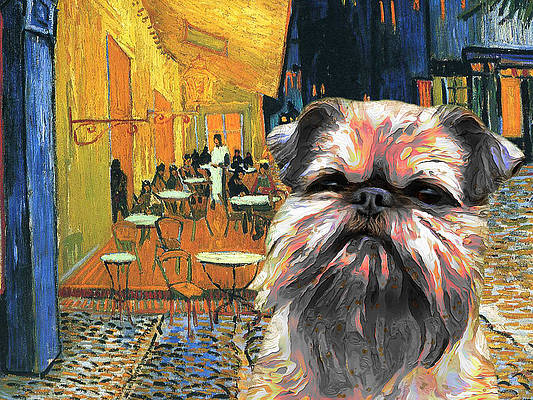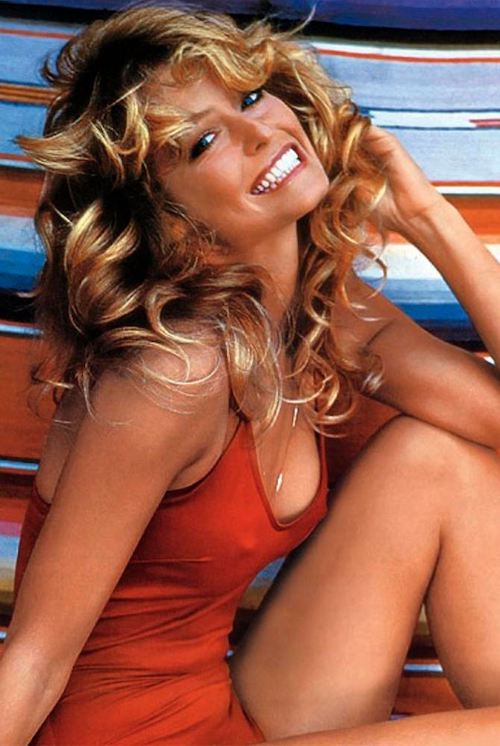
The 1970s were a really interesting time for female hairstyles. Women were breaking out of societal expectations of what they should look like, and only moms and church ladies were slaves to beauty salon visits every week. If teenagers weren’t using empty orange juice cans to roll their hair, they were flattening it with their mom’s iron. 
And then came the TV show, Charlie’s Angels, or specifically, Farrah Fawcett. Her swimsuit poster of 1976 remains the best selling poster of all time, and her hair influenced the way that millions of women wore their hair. Santa Monica hairdresser, Allen Edwards, created the cut for Fawcett in which layers around her face were shorter than the rest of her hair. Women lined up to have their hair “feather shagged” like Farrah’s, but they had one more thing done because no Farrah haircut was complete without frosting on top.
Frosting. It became di rigueur regardless of the hair style because not everyone had a head of hair like Farrah Fawcett. A stylist put a frosting cap over their client’s head, poked small holes in the cap with a needle, and pulled tiny pieces of hair through the holes. Pulled hair would be “frosted” or highlighted.
What does this have to do with purebred dogs?
Our opening is an admittedly tortured way to mention that only three AKC breeds even mention the word, “frost” in their breed standards: On the Belgian Sheepdog, a small to moderate patch or strip may appear on the forechest, between pads of feet, on the tips of the hind toe, and on the chin and muzzle. On the chin and muzzle “frost may be white or gray.”
“Frost” on the muzzle of a mature Brussels Griffon is natural. On the Belgian Tervuren, “frost or white on chin or muzzle is normal” as it is on the Belgian Laekenois. Conversely, frosting on the muzzle is a DQ in the Dutch Shepherd.
We presume that age related “frosting” is acceptable on any breed, if not a badge of honor.
Image: Brussels Griffon Cafe Terrace at Night by Sandra Sij is available as fine art, and in home decor and lifestyle items here
